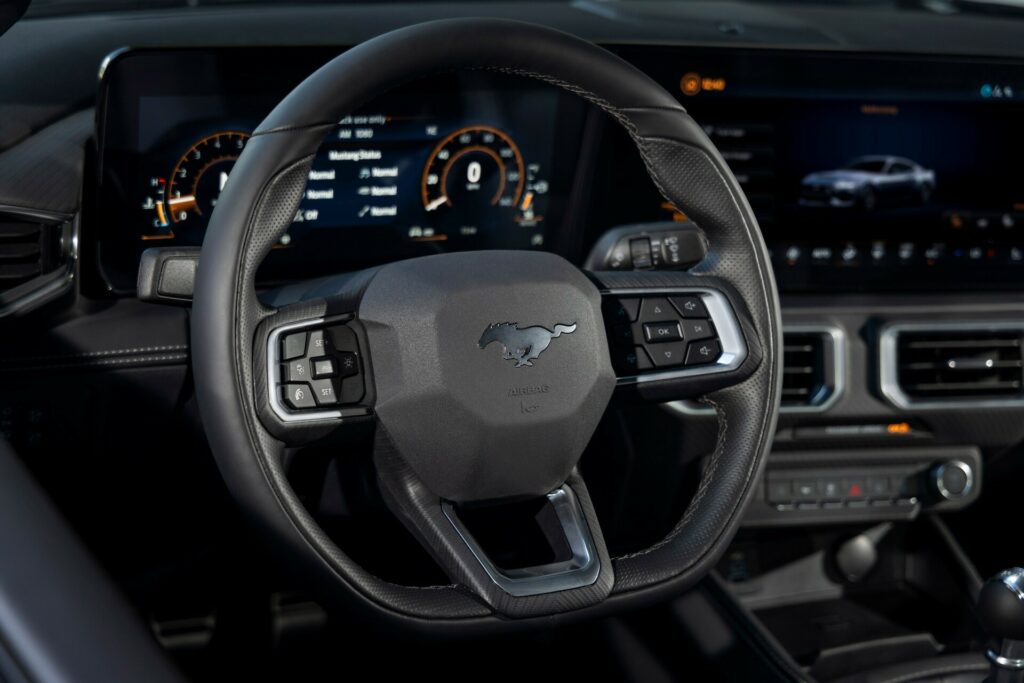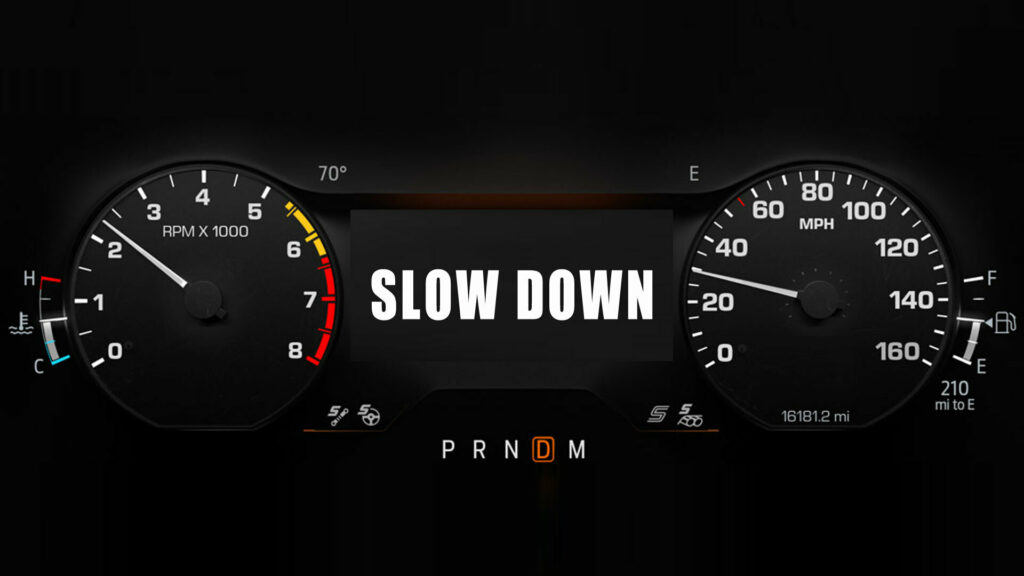- A bill in California would require new vehicles to warn drivers when they’re going more than 10 mph over the speed limit.
- The system would use GPS and a database of posted speed limits to trigger visual and audio alerts in cars.
- The bill would require phased implementation, with half of vehicles needing the system by 2029 and nearly all by 2032.
California might be The Golden State, but they’re actually the Nanny State in disguise. However, that veil is being lifted by a bill that would nag drivers for speeding.
Introduced by Senator Scott Wiener, SB-961 would require vehicles to be equipped with a “passive intelligent speed assistance system” that would provide a “visual and audio signal to alert the driver each time the speed of the vehicle is more than 10 mph (16 km/h) over the speed limit.”
More: New York City May Install Speed Limiters On Repeat Speeders’ Cars
The bill says each warning would be a “brief, one-time” occurrence, but it sounds like you’d get a warning every time you exceed the speed limit by more than 10 mph (16 km/h). That could quickly become annoying on long trips up I-5 and elsewhere in the state.
The bill would require 50% of passenger vehicles, trucks, and buses sold or manufactured in the state to comply with the regulation by the 2029 model year. By 2032, nearly every vehicle sold in the state would need to have a built-in speed nanny.

The bill is pretty vague, but it says vehicles would – at a minimum – need to be equipped with a system that uses GPS to compare a vehicle’s speed to a database of posted speed limits. It also says that “if an intelligent speed assistance system receives conflicting speed limits for the same area, the system shall utilize the higher speed limit” as the baseline for the warning.
The Associated Press reports the bill passed its first test in the California senate earlier this week, but only “narrowly.” As a result, it remains unclear if the bill will become law or eventually fade away.




